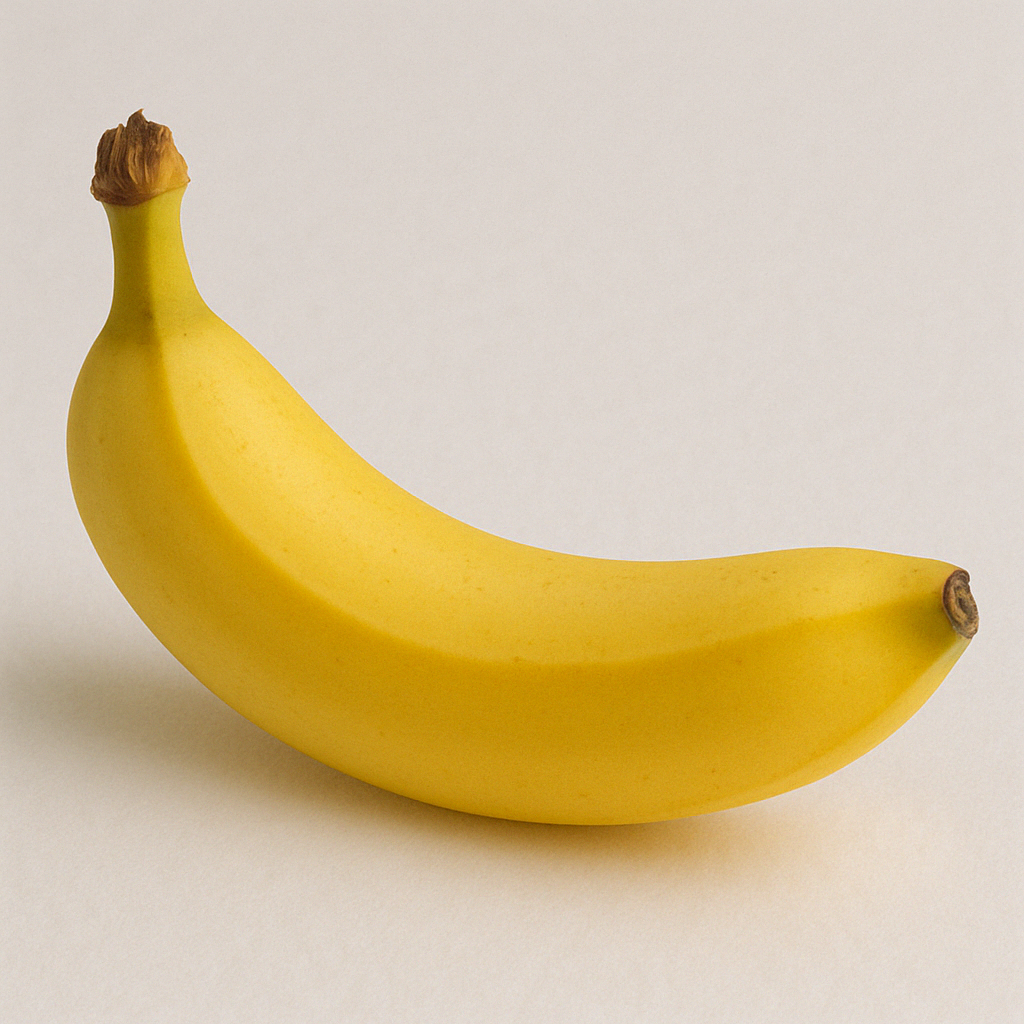
Fresh Banana from Vietnam
Be the first supplier featured in this market.
About this market
About
History
Bananas have been cultivated in Vietnam for centuries, traditionally grown in backyards, small farms, and along riverbanks. They have played a crucial role in Vietnamese cuisine and religious offerings. Commercial banana farming started gaining momentum in the 1990s, with large-scale plantations developed to meet rising domestic and export demand. In recent years, modern agricultural techniques, improved logistics, and international certifications have allowed Vietnamese bananas to compete in global markets, particularly in China and high-end retail markets in Japan and South Korea.
Production Region
Banana cultivation is concentrated in several key regions across Vietnam:
- Dong Nai & Binh Duong: Major commercial banana-growing regions, known for high-quality export bananas.
- Mekong Delta (Tien Giang, Ben Tre, Long An): Produces bananas with a long shelf life, ideal for exports.
- Northern Provinces (Lai Chau, Son La, Bac Giang): Focus on cold-resistant banana varieties suitable for year-round supply.
- Central Highlands (Gia Lai, Dak Lak): Emerging as a new banana production area with large-scale commercial farms.
Growing Conditions
Bananas thrive under specific conditions in Vietnam:
- Climate: Tropical and subtropical, with ideal temperatures between 24-32°C.
- Rainfall: 1,500-2,500 mm annually, with supplemental irrigation in dry months.
- Soil: Well-drained, fertile loamy soil with a pH of 5.5-7.0.
- Irrigation: Drip and sprinkler irrigation systems are used in commercial plantations.
Harvesting Process
Vietnamese bananas are harvested with strict quality control:
- Maturity Age: 8-11 months after planting, depending on the variety.
- Harvest Method: Hand-cut and transported carefully to avoid bruising.
- Post-Harvest Treatment: Cleaning, fungicide treatment, and grading before export.
Cultivation Method
Vietnamese banana farmers use both traditional and modern techniques to improve yield and quality:
- Tissue culture propagation: Ensures disease-resistant, high-yielding banana plants.
- Drip irrigation & fertilization: Used in commercial plantations to enhance growth efficiency.
- Intercropping & organic farming: Some farmers practice intercropping bananas with coffee, cocoa, or other fruit trees to enhance soil fertility and sustainability.
- Propping & bunch bagging: Supports banana plants with bamboo or wooden poles and covers fruit bunches with protective bags to improve quality and appearance.
- Cold storage & ripening chambers: Used in export supply chains to maintain fruit quality and extend shelf life.
Supply Chain
Vietnam's banana supply chain involves:
- Smallholder Farmers & Large Plantations: Many small-scale farms are transitioning to commercial export production.
- Export Aggregators: Cooperatives and exporters facilitate international trade.
- Cold Storage & Ripening Facilities: Expanding infrastructure to improve export quality.
Local Logistics
Bananas are transported across Vietnam and exported via:
- River Transport: Mekong Delta provides cost-effective transport to ports.
- Road Transport: Major highways connect production areas to export hubs.
- Ports for Export: Cát Lái (HCMC), Hải Phòng, and Đà Nẵng handle banana shipments.
Regulations and Certifications
Vietnamese banana exports must comply with international quality standards:
- VietGAP & GlobalG.A.P.: Ensures sustainable and safe farming practices.
- China's GACC Registration: Required for exporting to China.
- Phytosanitary & Quarantine Checks: Ensures compliance for Japan and South Korea.
Quality Standards
Export-grade bananas must meet strict quality parameters:
- Size: 18-23 cm in length, uniform grading.
- Color & Ripeness: Harvested at 70-80% maturity for controlled ripening.
- Defect-Free: No bruises, pest damage, or deformities.
- Packaging: Typically 13 kg or 18 kg cartons, ventilated for transit.
Trade Terms
Vietnam's banana exports operate under standard trade terms:
- MOQ (Minimum Order Quantity): 20 metric tons per shipment.
- Incoterms: FOB (HCMC, Hải Phòng), CIF (Shanghai, Busan, Dubai).
- Payment Methods: Letter of credit, bank transfer.
Environmental and Social Impacts
Sustainability and labor concerns in Vietnam’s banana sector:
- Deforestation & Land Use: Expansion of banana plantations can impact natural forests.
- Water Usage: High irrigation demand in dry months.
- Fair Wages & Labor Rights: Improvements needed for farm workers.
- Pesticide Use: Moving towards integrated pest management (IPM).
Uses
Vietnamese bananas serve multiple applications:
- Fresh Consumption: Sold domestically and exported.
- Processing Industry: Used for banana chips, flour, and baby food.
- Beverages & Desserts: Blended into smoothies and traditional sweets.
- Animal Feed & Fertilizer: Banana stems and peels are repurposed.
Additional Information
- Vietnam is investing in high-tech banana farming and cold chain logistics.
- China accounts for over 80% of Vietnam’s banana exports, with growing demand in Japan and South Korea.
- Government incentives support VietGAP and organic banana cultivation.
Harvesting seasonality
Varieties
Cavendish Banana
The primary export variety, known for its sweet flavor, creamy texture, and long shelf life.
Chuoi Tay
A starchy banana, often boiled, fried, or used in cooking.
Chuoi Su
A short, thick banana with a sweet, fragrant taste, commonly used in desserts.
Chuoi Cau
A small, sweet variety, often eaten fresh or used in traditional cakes.
Chuoi Tieu
Popular in local markets, known for its slightly tart and sweet taste.
Red Banana
Grown in small quantities, valued for its high antioxidant content and unique flavor.
Production of Fresh Banana in Vietnam
Production overview
Production trend chart of Vietnam Fresh Banana
Export of Fresh Banana from Vietnam
Export overview
Export trend
Export transactions from 2024
Major exporters of Vietnam Fresh Banana in 2024





Major importers of Vietnam Fresh Banana in 2024





Historical export price trends
Verified suppliers
/132x132/company-logo/55/5c/56/555c5604f65c360baad407bd21534d780b5fb096/1000010490.jpg)

/132x132/company-logo/ab/42/34/ab42344510cf1245b0ff2254b2b3aefcf5fa0653/logo_image.png)
/132x132/company-logo/c9/aa/85/c9aa85a65acd425356e25ac3114f93dc964f4d32/z5383614646995_83e2c0035d39048bf1fab2bad6792391.jpg)
/132x132/company-logo/fe/a1/1f/fea11f52c8c9770f6dd05d8b52c8bc4cc8a6eef8/logo.jpg)
/132x132/company-logo/94/74/e7/9474e79f956fce60c200f203d13e458915783a8a/LOGO4.png)
/132x132/booth-logo/5c/06/b6/5c06b6493b0749298ab6072260e85ef36af67aed/Screenshot_2023-08-04_100539.png)












